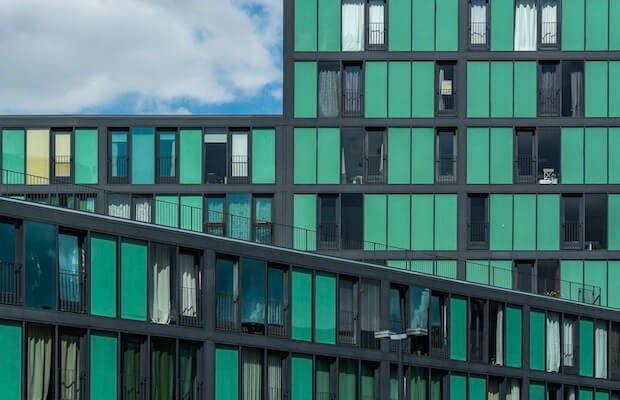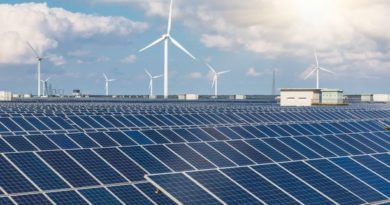Green Buildings to Offer $24.7 Trillion Investment Opportunity in Emerging Markets
Investors should tap into the enormous potential in green buildings, as by 2030 it will offer a USD 24.7 trillion investment opportunity in emerging markets

A new report by the International Finance Corporation (IFC), a member of the World Bank Group, highlights how investors can tap into the enormous potential in green buildings. The report, “Green Buildings: A finance and policy blueprint for emerging markets”, notes that by 2030, in emerging markets alone, green buildings will offer a USD 24.7 trillion investment opportunity, which will spur economic growth and accelerate sustainable development.
Across Asia and the Pacific, which will house half the world’s urban population by 2030, there are particularly promising areas for investment, with an estimated USD 17.8 trillion worth of investment opportunities, primarily in residential buildings.
The floor area of the buildings that dot our skylines is expected to double by 2060, notes Alzbeta Klein, director of Climate Business at IFC.
“The majority of this construction boom will occur in emerging markets, particularly in middle-income countries experiencing high population growth, rapid urbanisation, and income growth. Green construction is one of the largest investment opportunities of the next decade that can spur low-carbon economic growth and create skilled jobs for decades to come,” Klein said.
The report highlights the clear financial benefits investors, banks, developers and owners, including governments, can expect when entering the green building market. Green buildings command substantially higher sale premiums – up to 31 percent more – and sell more quickly than traditional buildings. Furthermore, green buildings maintain higher occupancy rates – up to 23 percent higher – than conventional buildings and offer higher rental income. By consuming less water and electricity, operational costs are up to 37 percent lower than traditional buildings. When green features are incorporated early in the building design, the cost of green construction can range from savings of half a percent to 12 percent in additional costs.
Additionally, the report notes that green buildings can be a strong driver of economic growth, generating upwards of nine million skilled jobs in both the renewables and construction sectors by 2030. Currently, green buildings account for just 8 percent of the construction and renovation sector, indicating a vast potential for growth.
The report draws on IFC’s almost decade-long experience investing USD 5.5 billion in green buildings, as well as lessons learned to help governments to design and implement building codes to catalyse green building markets.
By 2030, other regions besides Asia and the Pacific will offer significant opportunities as well:
- In Latin America, green housing construction will create an estimated USD 4.1 trillion investment opportunity in green buildings.
- New green buildings in Eastern Europe and Central Asia will attract almost USD 881 billion in investment opportunities, likely much smaller then investments required to retrofit old buildings.
- In the Middle East and North Africa, cities will account for most of the over USD 1.1 trillion regional investment opportunity in green buildings as demand increases for resilient housing to combat water and heat stress.
- In Sub-Saharan Africa, cities will double in population by 2050, providing a USD 768 billion investment opportunity to green future construction until 2030.
IFC’s report highlights best practices by and for investors, banks, governments, developers, and owners, and provides an investment blueprint for scaling up green buildings across emerging markets. Shifting lending and investments towards green buildings will allow investors to take advantage of this significant investment opportunity. It will also help build stronger real estate investment portfolios resilient to financial, regulatory, and reputational risks associated with the transition to low-carbon economies. Governments stand to benefit financially from the transition to green construction, and the shift will also help them meet their social and environmental objectives. Globally, 28 percent of greenhouse gas emissions come from energy use in buildings, making them an important part of helping governments to achieve their climate change targets.




